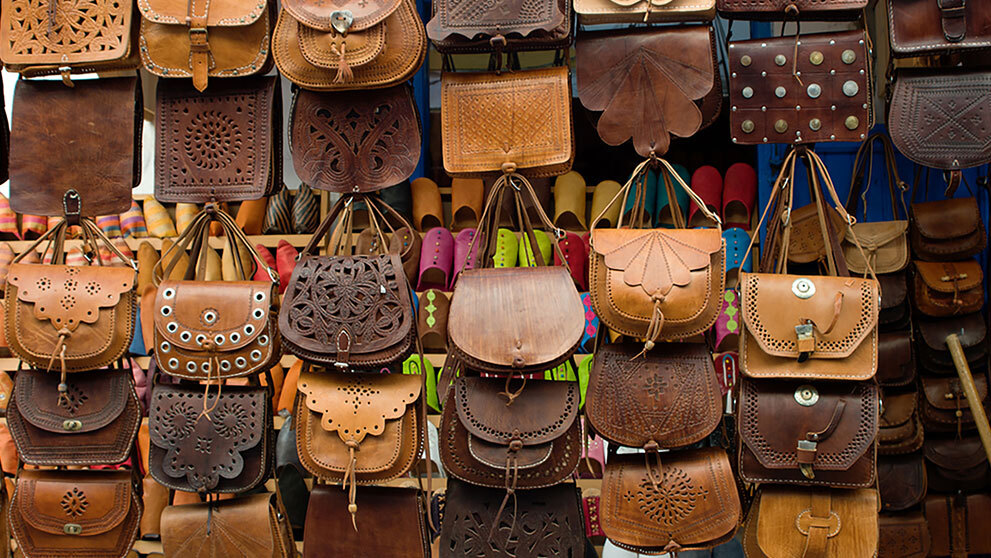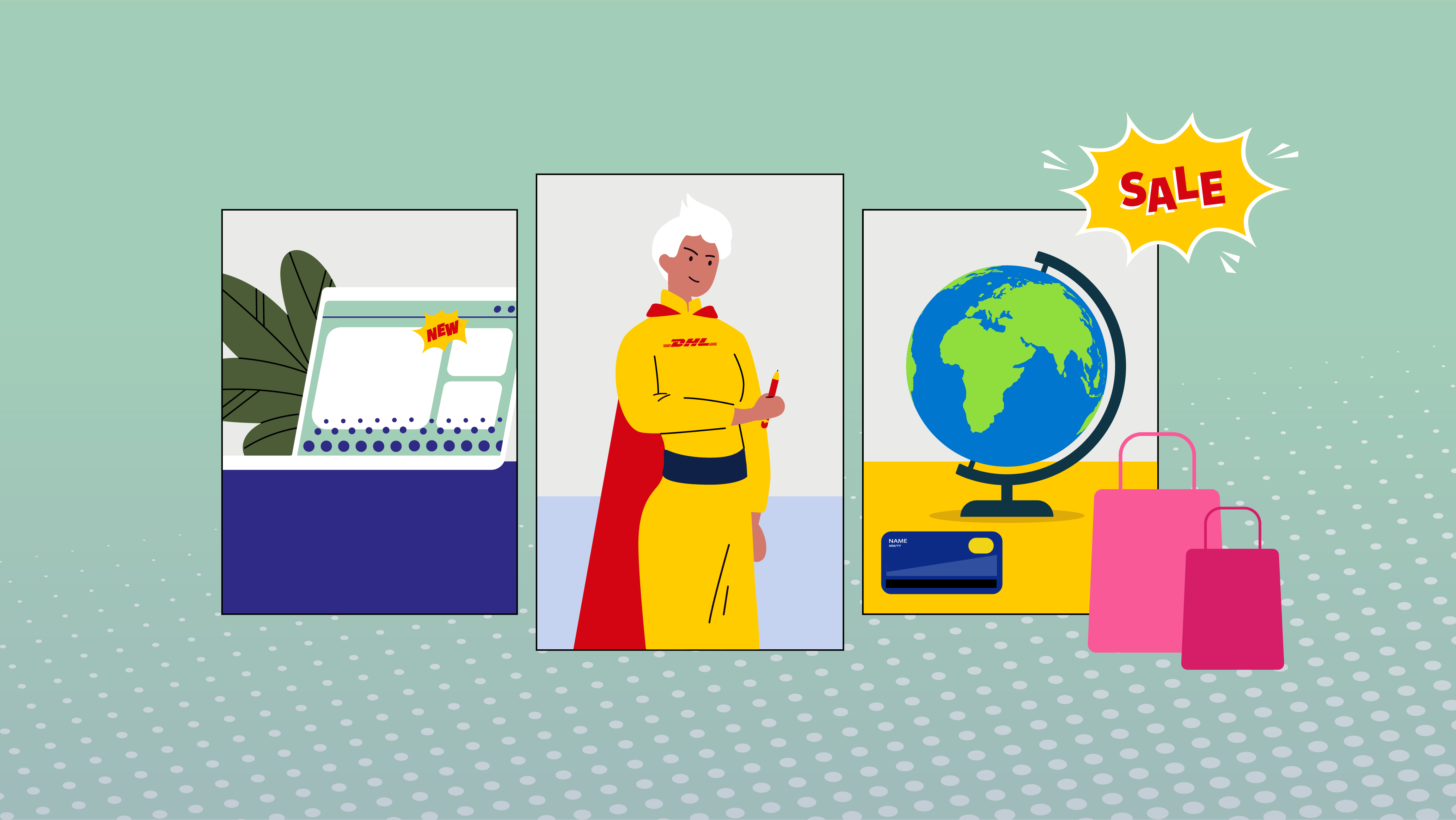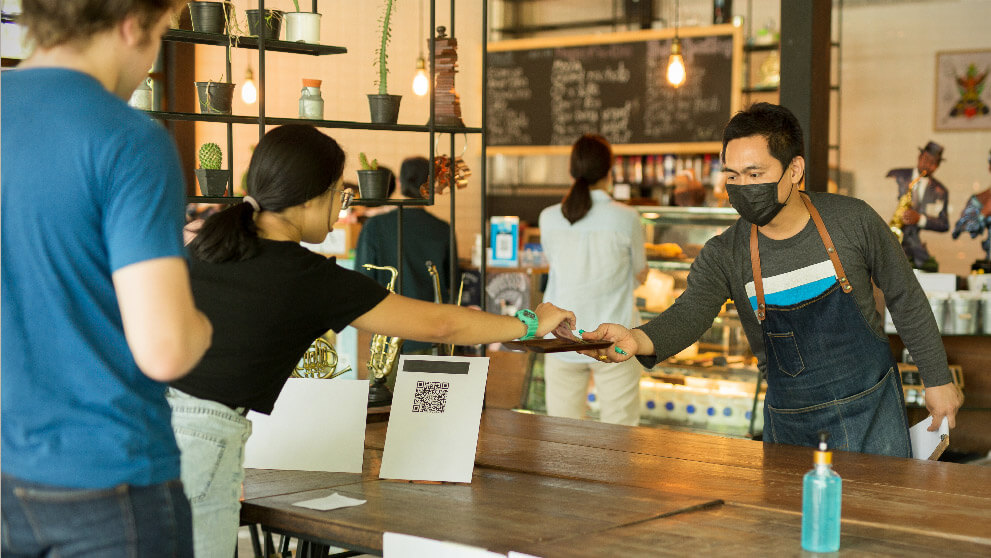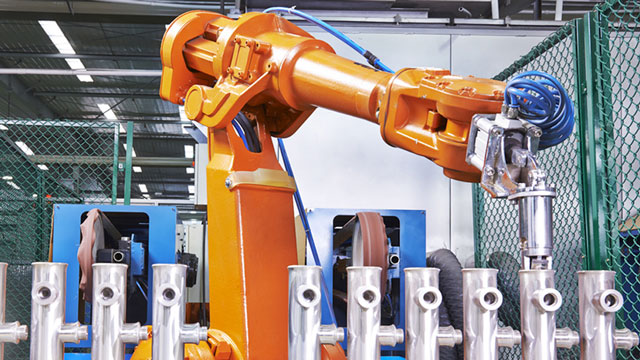Have you ever admired a finely crafted leather handbag, a pair of stylish shoes, or a robust belt and wondered, "With all the hides and skins we have in Kenya, why aren't we producing more of these premium products ourselves?" The truth is, the opportunity is not just knocking; it's bursting through the door!
For far too long, Kenya has been caught in a cycle of exporting raw hides and skins while importing finished leather goods at exorbitant prices. Despite having millions of cattle, sheep, and goats, we often send these valuable resources abroad, only to buy back finished products, draining billions of shillings from our economy. The COMESA region, for instance, produces leather valued at approximately $3 billion annually but imports finished goods worth over $2 billion. Just imagine the potential if we turned that equation around!
Harnessing the Power of COMESA's Leather Value Chain Strategy
In a groundbreaking initiative, the Common Market for Eastern and Southern Africa (COMESA) has launched its Leather Value Chain Strategy for 2025–2029 in Nairobi. This strategy aims to transition Africa from merely exporting raw hides to producing high-value leather goods. A cornerstone of this initiative is the establishment of a Trade House that will support SMEs by providing access to essential chemicals, accessories, and raw materials—addressing critical production bottlenecks. Given that Africa houses 17% of the global population yet contributes less than 3% to global manufacturing, it’s crucial to shift focus from raw exports to finished goods.
The Regional Leather Value Chain Strategy is a transformative opportunity for Kenyan businesses. This isn’t just paperwork; it’s a strategic roadmap that opens access to 21 member countries, from Egypt to Eswatini. Here’s what it entails:
Streamlining Trade: COMESA is harmonizing trade regulations, simplifying the export process for leather goods and reducing customs hurdles. Picture shipping bags to Zambia or shoes to Sudan without the usual logistical headaches.
Enhancing Infrastructure: The strategy advocates for modern slaughterhouses and eco-friendly tanneries. For entrepreneurs, this means access to better-quality raw materials and eliminating substandard deals.
Skills Development: The initiative includes training programs for leather workers, allowing cobblers in Limuru and designers in Nairobi to learn advanced techniques and compete on a global scale.
Don’t miss out on the opportunity to engage with COMESA’s Leather and Leather Products Institute in Ethiopia. Partner with them to certify your products and gain credibility in regional markets.
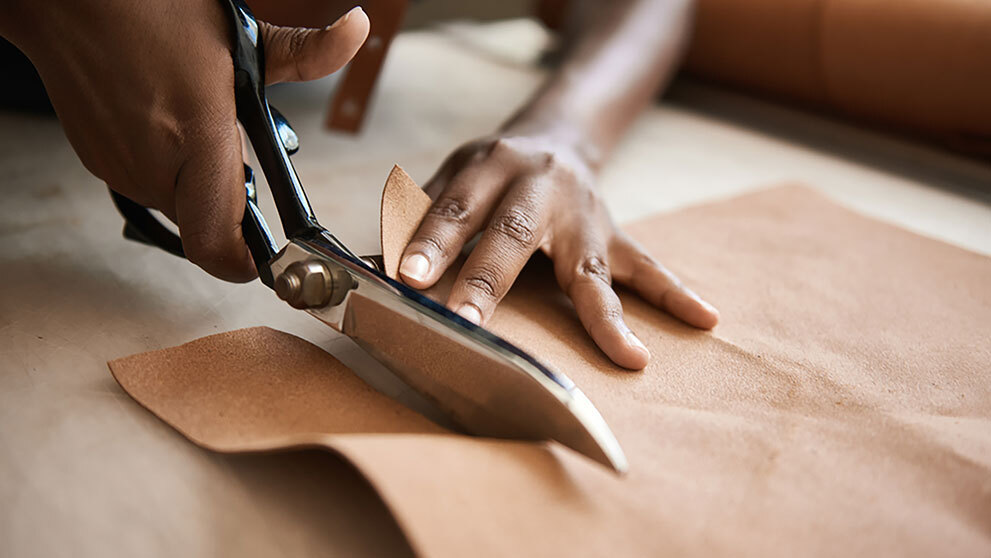
Riding the AfCFTA Wave
Kenya's leather industry is not just focusing on East Africa; it’s aiming for the entire continent. The African Continental Free Trade Area (AfCFTA) is reducing tariffs on intra-African trade, meaning Kenyan-made belts, jackets, and handbags can penetrate markets in Nigeria, Ghana, and South Africa at reduced costs.
Quality Assurance: AfCFTA prioritizes high standards. To avoid your goods being labeled as counterfeit, align your products with international certifications like ISO. The Kenya Leather Development Policy 2024 provides grants for SMEs to meet these quality benchmarks.
Diverse Product Opportunities: The global leather market is ripe for innovation. Consider exporting leather car seats to Egypt or watch straps to Morocco—think broadly and act boldly.
Sustainable Leather: With the shift away from plastic, eco-friendly leather is in high demand. A 2023 study in ScienceDirect revealed that global buyers are willing to pay up to 30% more for sustainably processed leather. Here’s how to capitalize on this trend:
Go Green: Adopt chrome-free tanning methods. Companies like Eco-Tan Kenya are already supplying “clean” leather to European fashion houses.
Recycle Waste: Approximately 40% of hides are wasted. Transform trimmings into dog chews, collagen supplements, or fertilizer—what may seem like waste can become a valuable resource.
Certify Your Products: Apply for the Leather Working Group certification; it’s your ticket to premium markets.
Clusters and Collaborations: Strength in Unity
The Kenyan government is actively supporting the leather sector. Under the Leather Development Policy 2024, leather clusters are emerging in Machakos, Nairobi, and Nakuru, offering:
Affordable Workspaces: Set up your workshop in designated zones with tax incentives.
Shared Resources: Collaborate with fellow entrepreneurs to share machinery costs, maximizing efficiency.
- Networking Opportunities: Connect with global buyers at events like the East Africa Textile and Leather Week, where last year’s edition in Mombasa saw deals worth Ksh 500 million.
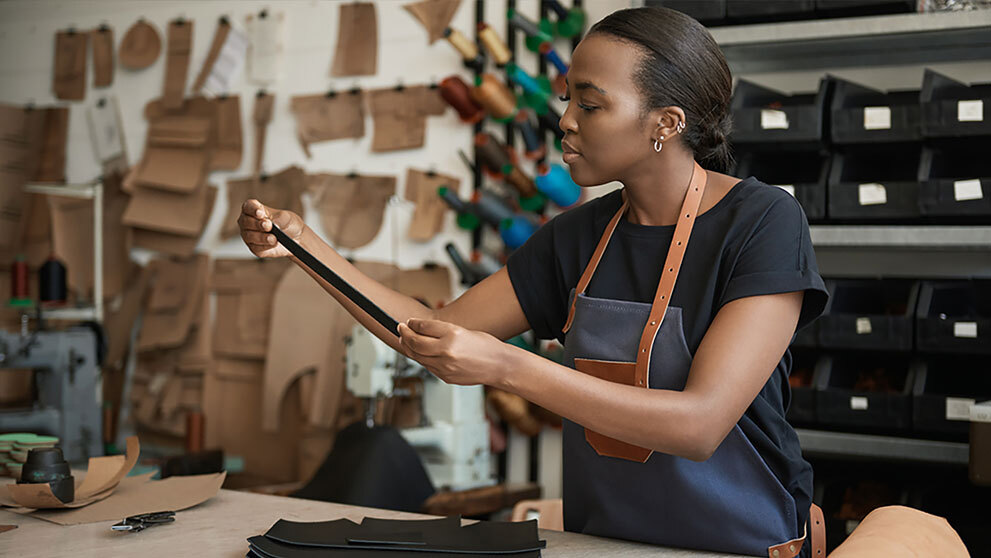
Partnering with Global Players
China’s demand for leather continues to rise. Through COMESA, Chinese investors are offering technological partnerships to Kenyan tanneries. Meanwhile, the EU is funding programs like Switch Africa Green to help SMEs adopt sustainable practices
Joint Ventures: Collaborate with foreign firms to access advanced machinery. For example, Rift Valley Leather Works recently partnered with a Spanish company to produce luxury bags.
E-Commerce Opportunities: Platforms like AfriLeather connect Kenyan sellers with global buyers. List your products online and watch the orders roll in.
Seizing the Moment: Action Steps for Kenyan Entrepreneurs
Forge Regional Partnerships: Utilize networks formed during events like the East Africa Textile and Leather Week to create collaborations that expand your market reach.
Embrace Value Addition: Move beyond selling raw hides. Invest in skills and equipment to produce finished leather goods, capturing more value within our borders.
Leverage Government Support: Engage with initiatives outlined in the Kenya Leather Development Policy for access to training, funding, and infrastructure support tailored for MSEs.
Stay Informed: Keep up to date with policy changes and market trends within COMESA to align your business strategies with regional developments.
Conclusion
The future looks promising for Kenyan entrepreneurs in the leather industry. By leveraging regional trade policies, embracing value addition, and fostering collaborations, we can position Kenya as a leader in leather production. As you prepare to meet the growing demand, consider partnering with DHL to ensure your products reach customers efficiently and effectively.
COMESA launches leather value chain strategy to boost regional industrialization – Kenya News Agency
COMESA Has Launched Its Regional Leather Value Chain Strategy
COMESA experts meet in Kenya to promote leather sector-Xinhua
When value chains go South: Upgrading in the Kenyan leather sector - ScienceDirect
East Africa Textile and Leather Week: Paving the way for regional collaboration and growth | ITC
